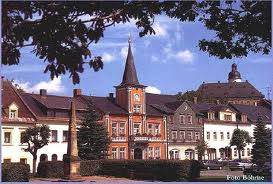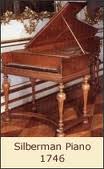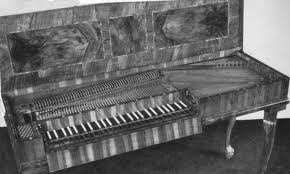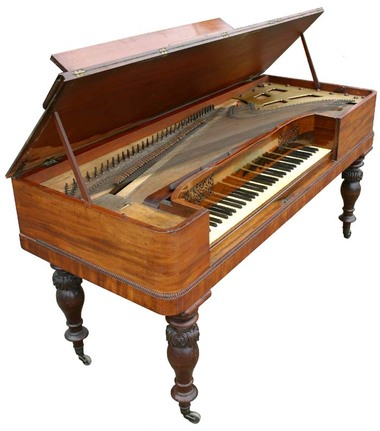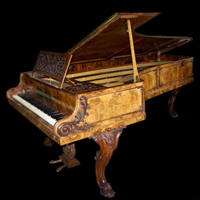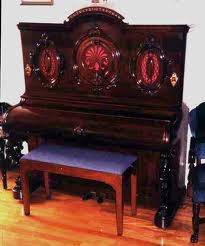As many of you are already aware, I manage a small store for the Piano Outlet of Oxnard, Ca. www.thepianooutletco.com in Nipomo, Ca. I have long been an advocate of music and piano teachers since I was with Baldwin Piano Mfg. I believe that they are the key to the success of the piano/music business because the teachers are teaching people to play what we have to sell so, it doesn’t take a rocket scientist to understand the correlations.

Ric Overton
Yesterday, the Central Coast Music Teachers Association held a conference in the store here in Nipomo and I was delighted to host them. I sat while one of the leading technicians of our area gave an hour lecture on the history of the piano “A comparison of pianos through the ages”. It was very intriguing. Those of you who follow my blog on a regular basis know that I write a lot about the history of pianos and their origin. It was a very captivating hour. She brought out points that I had not thought of and refreshed my memory on other points that I had simply forgotten.
It was a pleasure to listen to a knowledgeable person bring such an enlighting path of our history. It brings me to a new point that I will be discussing in some upcoming blogs and articles about our business.
This bring me to the point that I wanted to discuss today. Max Morgan of www.MaxMorganDesign.com has been working with me for several years now helping to (in most cases) read my mind about the direction that I have been wanting to take the PianoSD website. Through a series of trial and error and much discussion (MUCH DISCUSSION) I have finally decided to launch a new website in the next few days www.ricoverton.com where I will be able to discuss business strategies as well as personal muse in two new blogs.
In the new site I will have the opportunity to challenge the current thought process of the piano industry and the current mood of the industry and keep it more personal than non-commital than I would attempt to do on PianoSD. PianoSD is becoming a “go to” resource on everything piano related and RicOverton.com will be my personal opinions about business and then some personal things I would like to be able to discuss.
I look forward to the challenge of keeping up with three blogs as well as what I am
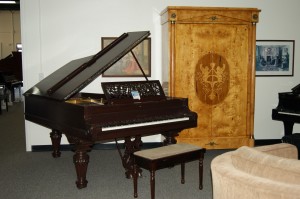
Piano Outlet, Nipomo, Ca
doing with the companies in the U.K. that I am currently writing for as well as the one I am developing for France and Austria. Additionally, I write for two other companies as well as a couple of artists too. So, I will be busy.
See you soon.
Ric Overton


